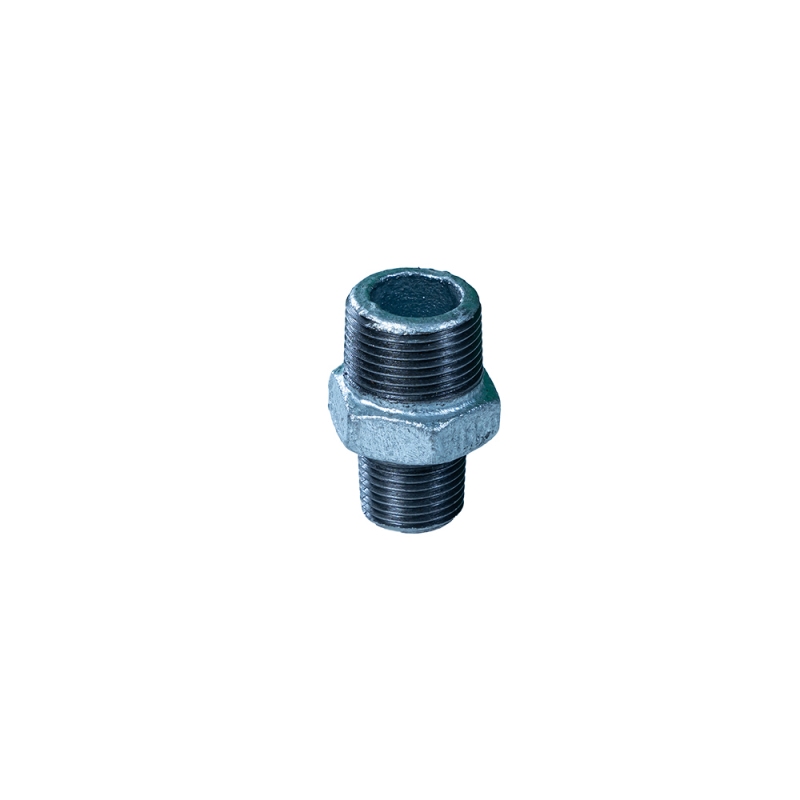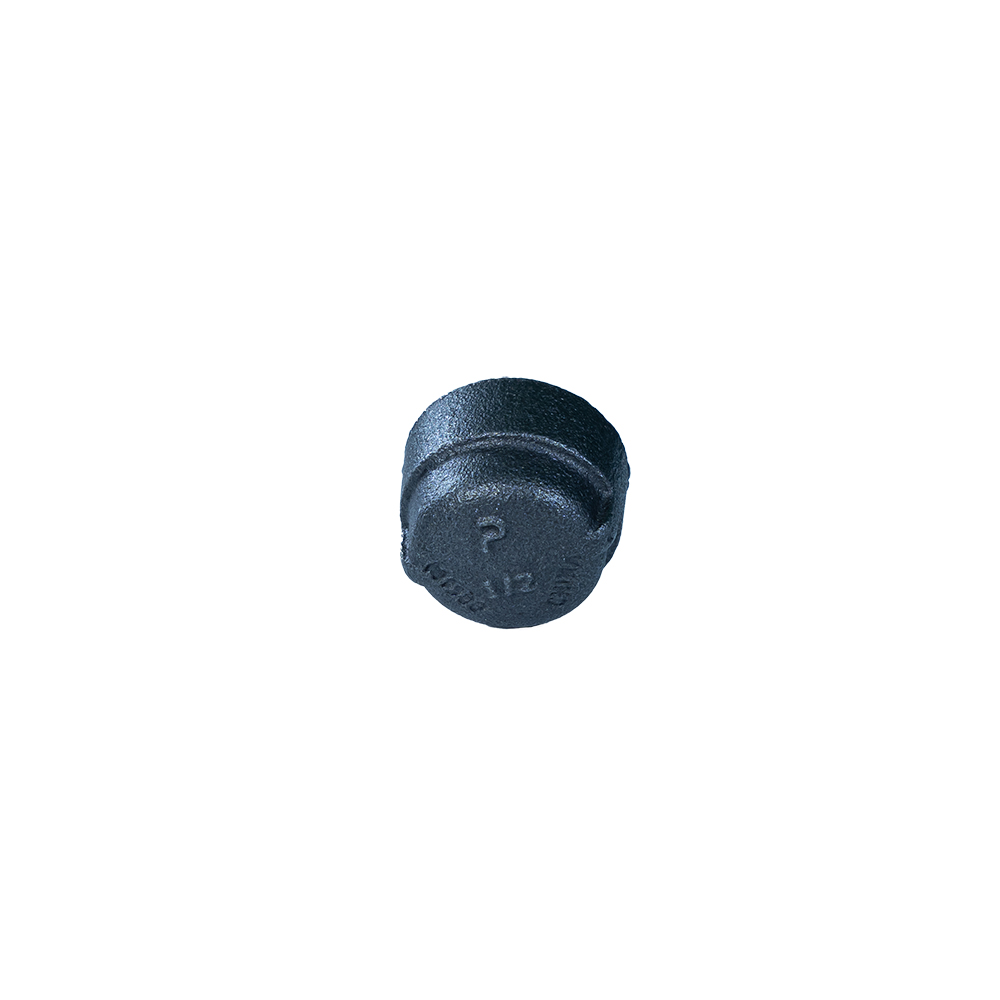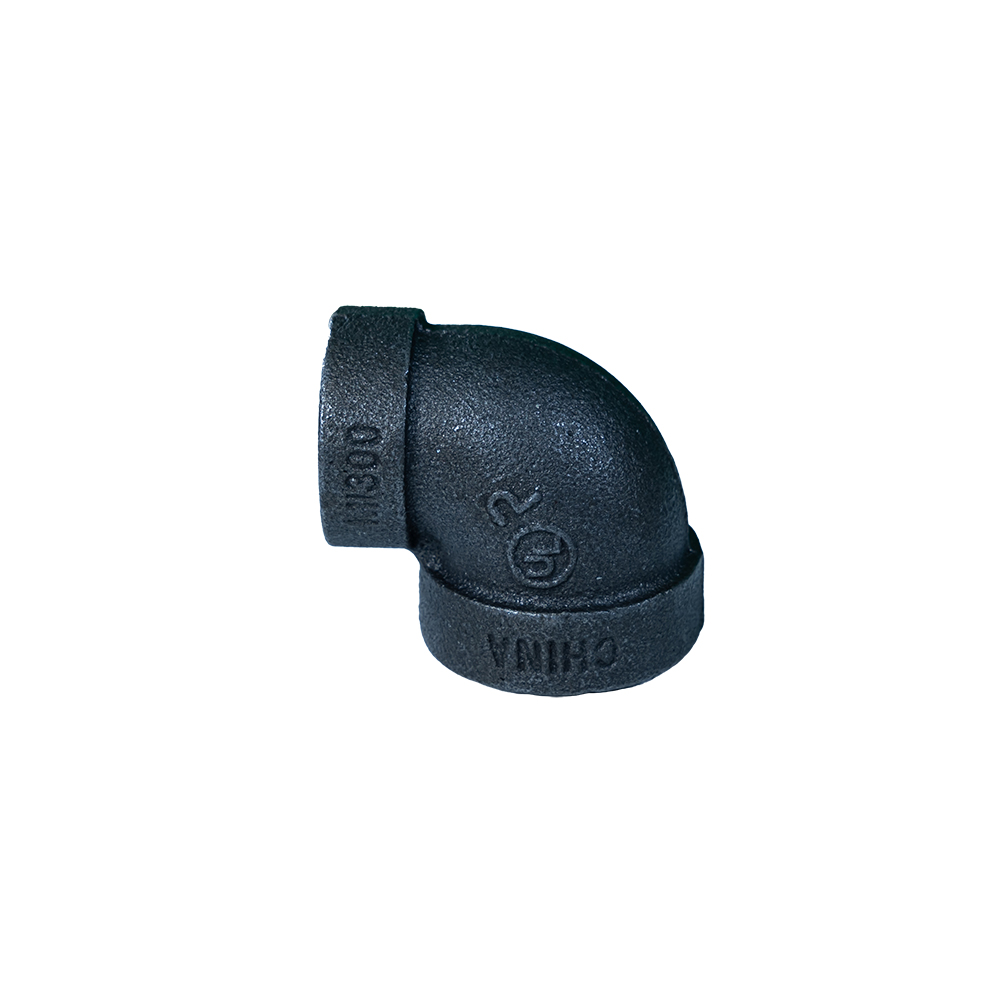What I’m Seeing in Class 300 Street Elbows (And Why They Keep Winning Jobs)
If you work around pipe rooms or compressor skids long enough, you develop opinions about elbows. The humble 90° street elbow matters more than it gets credit for. When people ask me about class 300 pipe fittings, I usually start with the practical bits: tight threads, reliable metallurgy, and whether the part survives the winter start-up without a drip. Pannext’s 90° Street Elbow 300 Class NPT—malleable iron, male/female NPT—has been showing up a lot in bid specs lately, and not by accident.

Trends I’m Hearing Onsite
Two things stand out. First, engineers are pushing for higher-cycle reliability on threaded joints in air and water lines—especially in food and beverage and light industrial HVAC. Second, procurement teams want fittings that are both ASME-compliant and easy to install (street pattern helps with tight offsets). Frankly, the old “cheapest elbow wins” logic is fading because rework is expensive. Many customers say the thicker wall on quality class 300 pipe fittings buys them peace of mind during vibration and thermal cycling.
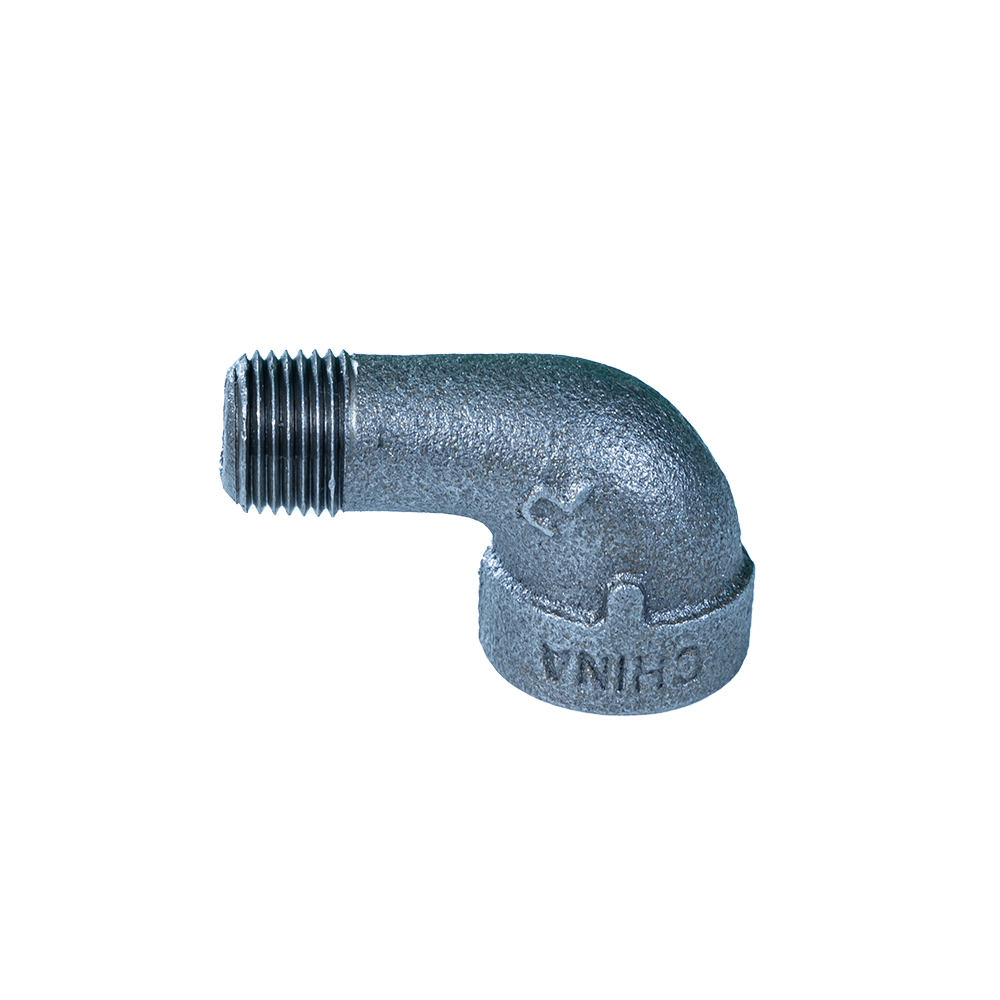
Product Snapshot: 90° Street Elbow 300 Class NPT
Material: malleable iron, cast then heat-treated; good sulfur and corrosion resistance. Works for hot/cold water, compressed air, inert gases; surprisingly tolerant to rough handling. Real-world service life: around 15–30 years depending on media and corrosion control.
| Parameter | Spec (≈; real-world use may vary) |
|---|---|
| Standard | ASME B16.3 (300 Class), Threads: ASME B1.20.1 (NPT) |
| Material | Malleable Iron per ASTM A197/A197M; optional hot-dip galvanizing per ASTM A153 |
| Sizes | 1/4"–2" NPT (common), larger on request |
| Pressure Rating | 300 psi at 150°F; derate above 150°F per ASME B16.3 |
| Temp Range | -20°F to 400°F typical; media-dependent |
| Leak Test | Hydrostatic ≈1.5× working pressure; air leak check in water bath (sample-based) |

How It’s Made (Quick Process Flow)
- Materials: ASTM A197 base with controlled carbon and sulfur; spectrometer-verified heats.
- Methods: sand casting → annealing to malleable iron → CNC threading (NPT) → optional galvanizing or black finish.
- Gauging: L1/L2 ring and plug gauges per ASME B1.20.1; thread taper and crest/trough inspected.
- Testing: dimensional checks; burst test sampling; zinc thickness (if galvanized) to ASTM A153.
- Certifications: ISO 9001 factory system; material heat traceability available. Origin: 236 West Guangming Road, Langfang, Hebei, China.
Where It’s Used (and Why It Works)
Applications: pump rooms, compressed air drops, HVAC condenser water, utility water, light chemical transfer (non-aggressive), and plant air headers. Advantages include compact offset (street pattern), thick walls, and fewer leak callbacks—installers like that the male/female ends speed alignment. For many crews, class 300 pipe fittings simply feel sturdier during wrench make-up.

Customization and Options
- Coatings: black, hot-dip galvanized; custom epoxy topcoat on request.
- Marking: heat/lot code, customer logo, or directional arrows.
- Packaging: individual bags for surface protection; export cartons with VCI paper.
Vendor Snapshot (What Buyers Compare)
| Vendor | Standards & QC | Lead Time | Notes |
|---|---|---|---|
| Pannext (Hebei, China) | ASME B16.3, B1.20.1; ISO 9001; ASTM A197; optional ASTM A153 | ≈3–5 weeks ex-works | Street pattern range; consistent threads; retail-ready packs |
| Generic Importer | Varies; limited lot traceability | ≈6–10 weeks | Lower cost; QC inconsistency reported by contractors |
| Local Stockist | ASME-listed brands; mixed origin | Immediate (stock) | Great for emergencies; price premium |
Field Notes (Mini Case Studies)
- Brewery compressed air: swapped thin-walled elbows; leak rate dropped by ≈30% after 60 days of cycles.
- Municipal wastewater retrofit: galvanized units resisted splash-zone corrosion through first winter—operator feedback was “zero rework.”
- HVAC chilled water: tight pump-room clearance favored street pattern; installers saved one coupling per elbow, small but it adds up.
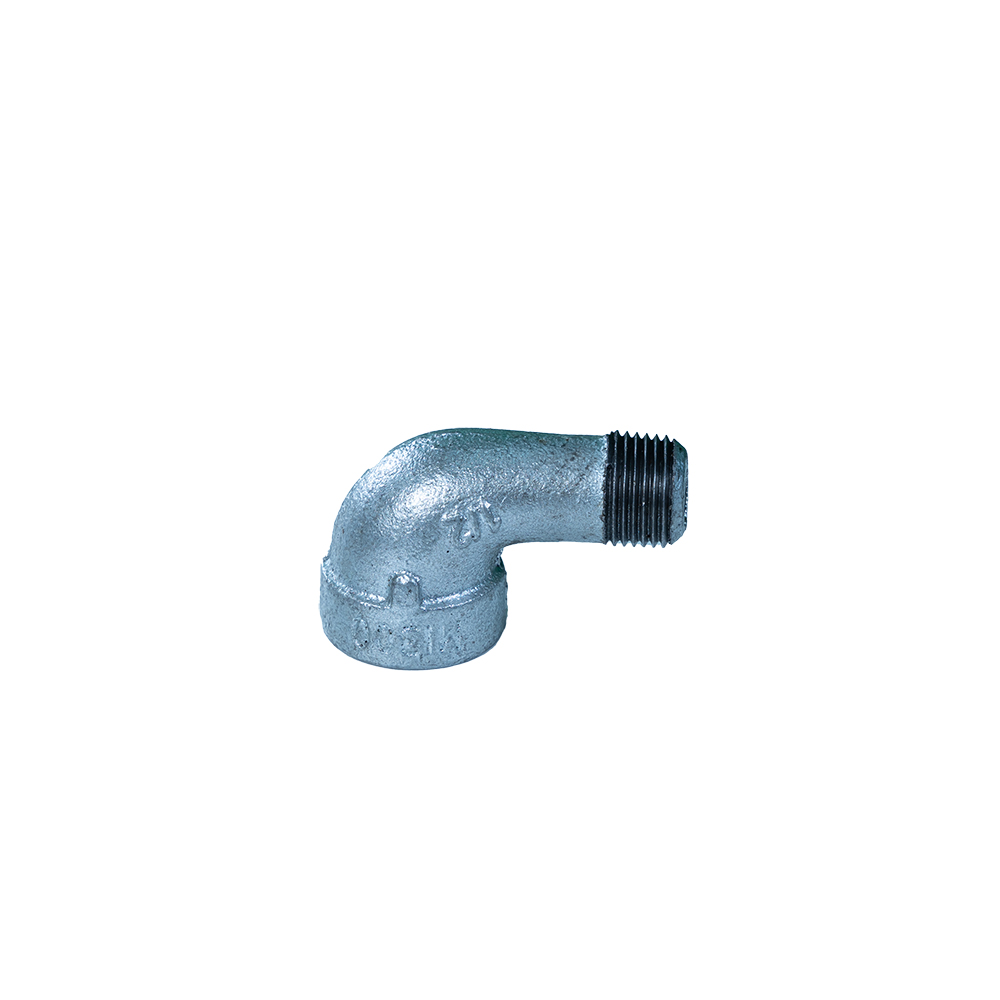
Bottom line: for everyday reliability, class 300 pipe fittings in malleable iron still earn their keep. And yes, to be honest, I’ve seen bargain elbows cost more in downtime than they ever saved upfront.
References
Post time: Oct-01-2025




